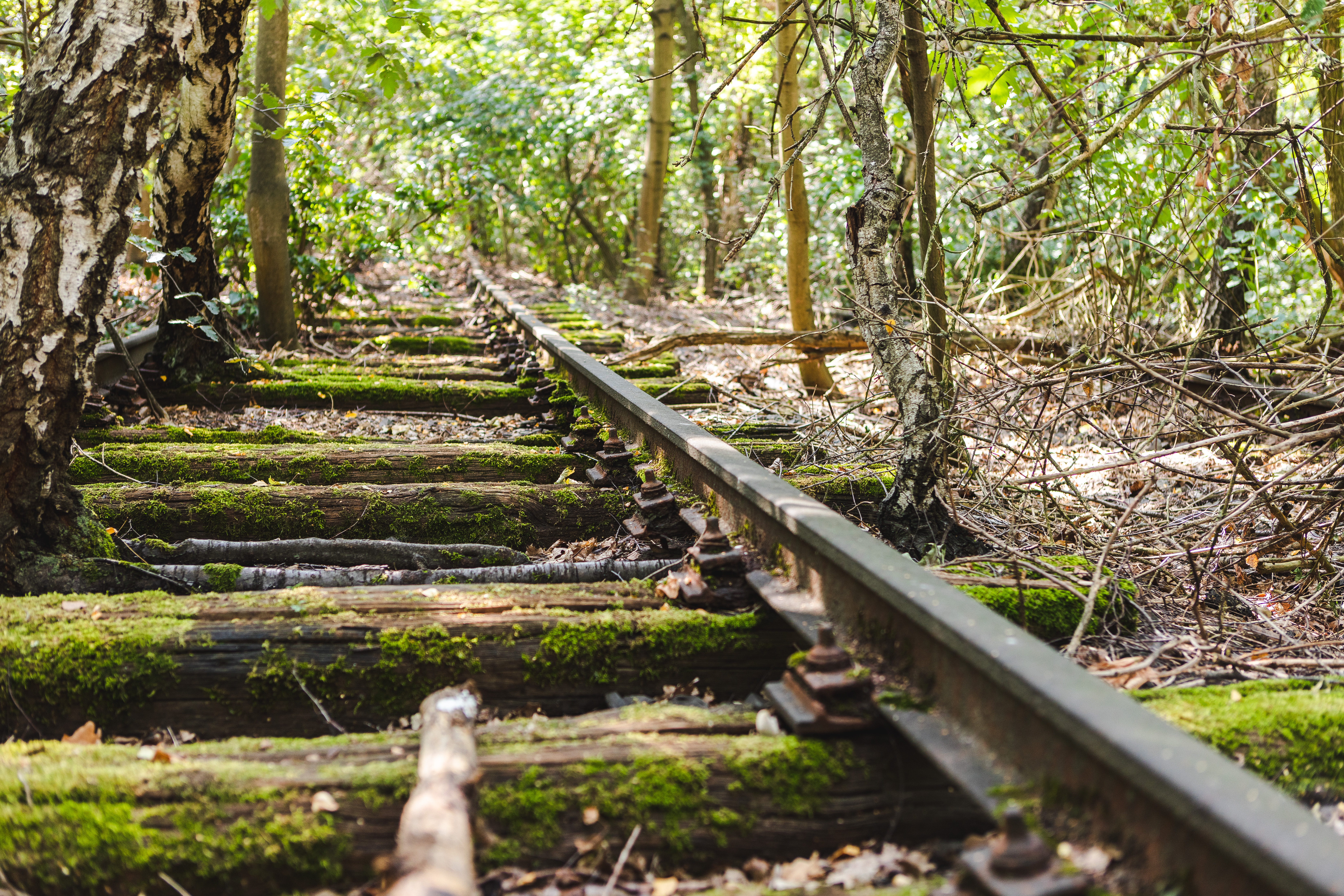
Natur Park Südgelände
Technology & urban nature
A visit to the Natur-Park Schöneberger Südgelände is like a trip through Berlin's history, a detour into wild nature and a visit to the railway technology museum paired with art and cultural experiences of a special kind.
Railroad technology from times gone by
Even if no train has been running here for a long time, the history of the site remains present through the relics of the railroad era. Young and old will especially enjoy the old class 50 steam locomotive. The 55-metre-high steel water tower, the park's landmark visible from afar, supplied the water that was once needed for rail operations. Numerous water cranes, light poles, rail tracks and switches are also reminders of the railroad's history. One of the oldest turntables in Germany is also part of the park's inventory.
The larger and most important witnesses of the past, however, are the two old buildings. The Brückenmeisterei now houses a café on the first floor and the park's administration on the upper floor. The approximately 100-year-old locomotive hall is to be developed into an event venue in the coming years.

The 503707 steam locomotive

Wild urban nature
